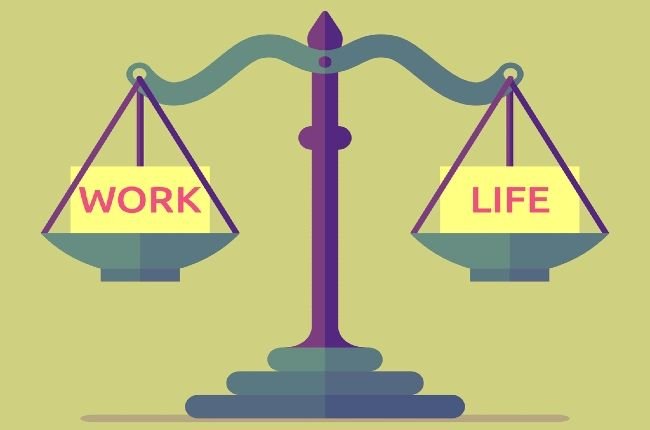In today’s always-online culture, separating personal life from professional responsibilities has become increasingly challenging. Smartphones, collaboration apps, and constant notifications blur boundaries, leaving many feeling overwhelmed. Here are actionable, research-backed strategies to help you regain control and achieve a sustainable work-life balance in 2025.
Set Clear Digital Boundaries
Establish specific working hours and communicate them clearly to your team and clients. Disable non-urgent notifications outside those hours to avoid constant interruptions. Tools like Focus Mode (iOS/Android) and apps such as Freedom or RescueTime can help enforce these boundaries.
Prioritize Tasks with Purpose
Not all tasks carry equal importance. Use prioritization frameworks like Eisenhower’s Matrix or time-blocking techniques to focus on high-impact activities first. This approach minimizes wasted effort and leaves more room for personal time.
Embrace Asynchronous Communication
With remote and hybrid work models becoming standard, asynchronous communication reduces the pressure to respond instantly. Platforms like Slack, Teams, and Loom now support features that let colleagues share updates without expecting immediate replies, freeing you to manage your day more effectively.
Leverage Technology Wisely
While technology contributes to hyperconnectivity, it can also help mitigate it when used intentionally. Automate repetitive tasks with tools like Zapier, set email auto-responders, and schedule downtime in your calendar to ensure space for recovery.
Designate a Physical Workspace
Creating a dedicated work area — even in a small apartment — helps signal when you’re “on” and “off” duty. This mental separation has been shown in studies to reduce stress and increase productivity by creating physical cues for focus and relaxation.
Schedule Recovery Time
Regular breaks throughout the day improve cognitive function and reduce burnout risk. The Pomodoro Technique (25 minutes of focus followed by a 5-minute break) remains effective. Beyond daily breaks, ensure you take vacations and unplug fully to restore energy.
Cultivate Supportive Relationships
Maintaining strong personal connections outside of work buffers stress and improves overall well-being. Prioritize family dinners, social outings, or even scheduled calls with friends to reinforce your non-work identity and support system.
Practice Mindfulness and Self-Care
Techniques such as meditation, yoga, and breathing exercises have proven benefits for mental clarity and stress reduction. Apps like Headspace and Calm offer guided sessions that fit into even the busiest schedules.
Regularly Reevaluate Your Commitments
What worked last year may not serve you now. Periodically review your workload, responsibilities, and personal goals. Be willing to delegate, renegotiate deadlines, or decline opportunities that don’t align with your priorities.
Seek Organizational Support
More companies now recognize the importance of employee well-being. Take advantage of flexible scheduling, mental health days, and employee assistance programs if your employer offers them. Open conversations with managers about workload expectations can also lead to healthier arrangements.
Final Thoughts
Mastering work-life balance in a hyperconnected world requires deliberate actions and regular reassessment. By implementing clear boundaries, leveraging tools wisely, and prioritizing your mental and physical well-being, you can thrive professionally without sacrificing personal fulfillment.
If you’d like, I can also draft a meta description, keyword list, and suggested internal/external links to fully optimize this article for publishing. Let me know!



